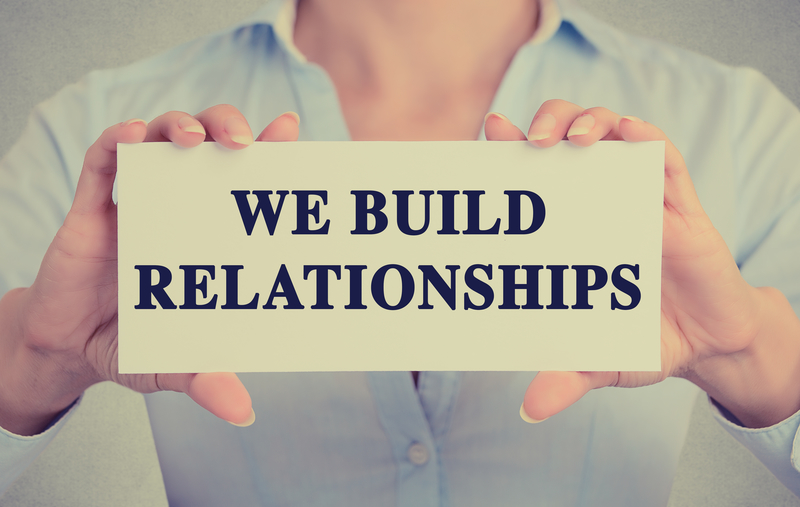
17 Jul 5 Steps for B2C Relationships That Last Even When Problems Arise
Just like in personal relationships, silence when things go wrong kills B2C relationships. Here are five steps to keep customers even when problems arise.
1. Own it
When something goes wrong, and it likely will, acknowledge it even if you do not have a solution yet. It seems logical that when there is a problem everyone knows it, so why say anything until there is a solution. However, relationships, even B2C ones, don’t work that way.
The Taylor Reach Group blog gives a great example of this kind of silence with the Fallout 76 game launch fiasco. When Bethesda got round to acknowledging the issue they had already become a meme for “Games-as-a-Disservice”. Not the kind of marketing they were hoping for I’m sure.
Waiting for a solution before communicating creates the kind of silence where resentment builds. That is like a bomb waiting to go off. Communication diffuses the emotional bomb.
Psychology Today had this to say about the importance of communication: “When we don’t share our thoughts with each other, we are often doing so to control the other’s reactions and behavior. If they don’t know what we’re contemplating, then they can’t possibly respond.”
When a problem arises that affects your customers, letting them know you are aware of it shows you care. It also improves customer confidence that you will rectify the problem and nurture your B2C relationships.
Leaders lead by example. You want your business to be a leader in your industry. Own the problem. You will be respected for it.
2. Understand Complaints
Remember that not all customers complain. Research shows that one complaining customer represents many more, and if they don’t complain to you they will complain about you to others. If you show your business to be proactive, especially when things go wrong, you can reduce bad reviews that cause further customer bleed.
Customers complain partly because what you offer is important to them. If your customers just ghost you without saying anything you have little recourse. Don’t ghost them. Communicate.
3. Show Empathy
Problems with your product cause problems for your customers. Showing them that you understand this is important. An apology, even if the problem was caused by a vendor or an outsourced item, is valuable for maintaining customer confidence.
B2C is a human relationship. It is similar to a personal relationship. This Entrepreneur article puts communication at number one for building customer relationships.
From Forbes: “When you consistently listen to your customers, acknowledge their concerns and correct any problems or issues that they encounter, you’ll stand out from the crowd and make a lasting impression.”
Empathy is part of making that lasting positive impression.
4. Work on a Solution
Letting your customers know that you are aware of the problem and how it affects them helps maintain their confidence in the short term. That confidence will disappear if action to correct the issue doesn’t follow.
Take action as soon as possible and let your client base know it. Being responsive in action, not just in word, is the next step toward maintaining and growing your customer relationships.
5. Communicate Progress
You can’t always predict how long solutions will take. Be forthright about that and give updates along the way. If your customers know you are working on a fix and hear from you regularly they are more apt to stick with you.
Multiple channels of B2C communication can help you to keep customers up to date on progress. Emails are a direct, more personal option. Social media is a method of keeping customers informed, and a way of showing future customers that you are a brand that takes care of business.
Problems happen. With the right acknowledgement, understanding, communication, action, and follow up your B2C relationships can last even when problems arise.



